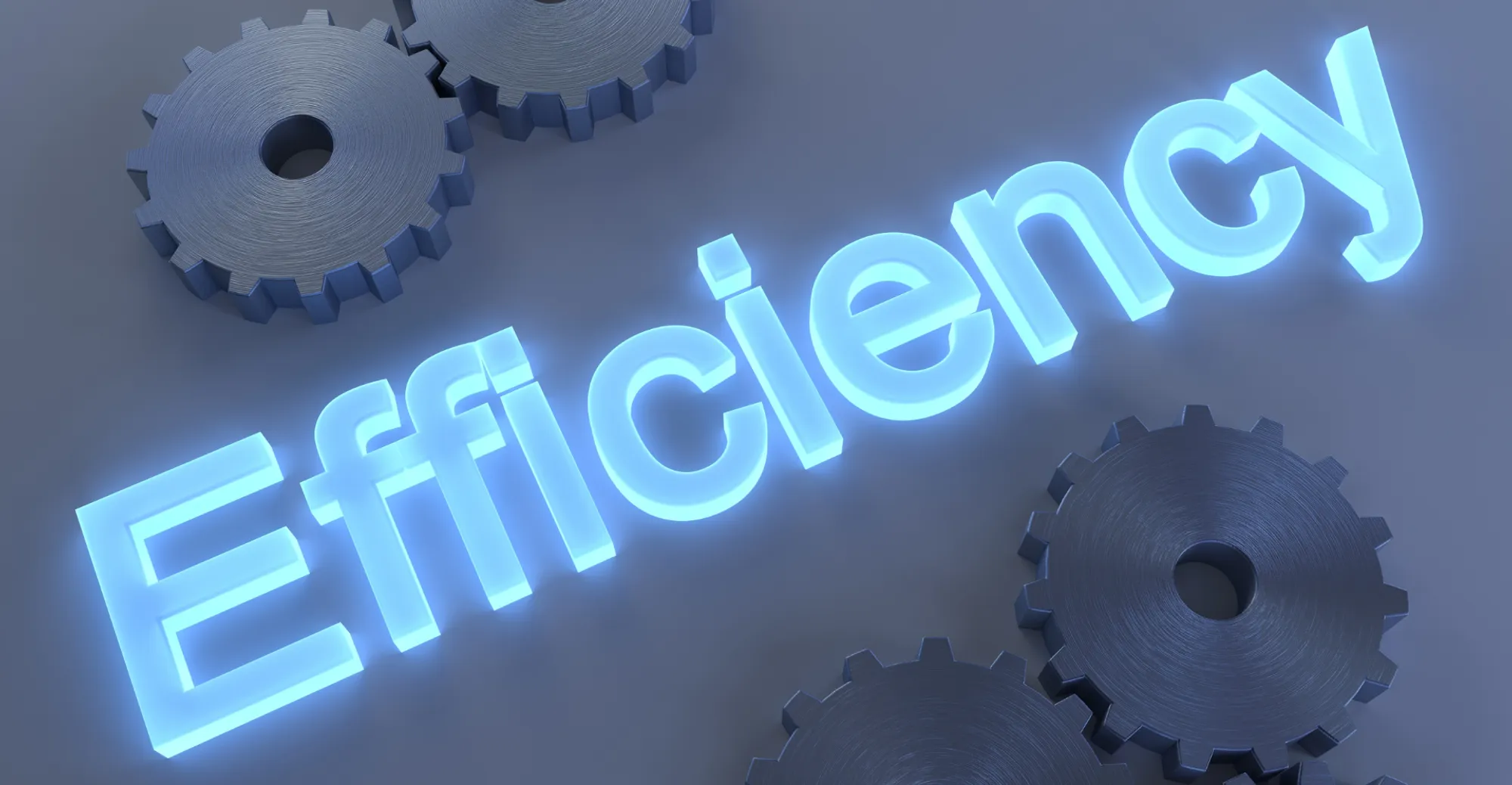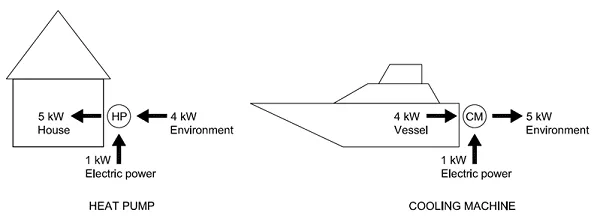
What is the efficiency of your cooling machine?
What is the efficiency of your cooling machine?
– by Sebastiaan Jansen, 04/02/2019
Did you know that the air conditioning system is one of the heaviest items on the electric load balance of a vessel? Cooling spaces costs a lot of energy so how can you ensure that the process is as efficient as possible?
The efficiency of a cooling machine or heat pump is indicated by the COP or EER value.
What is COP and EER?
COP stands for Coefficient of Performance. The higher the COP, the better.
For example: If the COP of a heat pump is 4.5, this tells us that 1kW of electric power will generate 4.5 kW of heating capacity.
COP is specifically used for heat pumps. When measuring the efficiency of a cooling machine we use the term EER, which stands for Energy Efficiency Ratio.
How to determine COP and EER
These values are determined by dividing the capacity delivered by the machine by the amount of electric energy used to drive the machine:

You may ask yourself why we use COP for heat pumps and EER for cooling machines… Aren’t they referring to the same machine being used in a different way?
That’s right, and because they are differently used there is a difference in the efficiency.

The output capacity of a heat pump is the capacity of the evaporator plus the electrical input.

The output capacity of a cooling machine is only the capacity of the evaporator.

This is why the COP will always be higher than the EER.
What is the highest possible efficiency?
There is a theoretical highest possible efficiency which can be calculated using the high and low reservoir temperatures. For a heat pump, the cold reservoir temperature comes from the environment. For a cooling machine, the cold temperature reservoir comes from inside the vessel.

Let us take a chiller for example. The hot and cold reservoirs in our system are, respectively, the seawater in the condenser and the chilled water in the evaporator.
Here we calculate the EER for a chiller which is designed on a seawater temperature of 32°C with chilled water of 6°C. For this calculation it is necessary to use the Kelvin scale. The theoretical EER will be:

In reality the EER will not be this high as temperature will be lost in the process due to design limitations and losses.
Fluctuating efficiency, SCOP and SEER
The efficiency of a cooling machine depends on the environmental temperatures. As can be seen in the equation, a higher difference between the hot and cold temperature will lead to a reduction in efficiency.
As the outside temperature is not always the same, air conditioning systems are given a seasonal efficiency called the SCOP or SEER, where ‘S’ stands for seasonal. This includes the change in outside temperatures over the seasons, giving a more ‘honest’ appraisal of the machine’s efficiency.
Sebastiaan Jansen | Manager Cooling Department
Sebastiaan Jansen has been working at Heinen & Hopman since 1997. He started as assistant mechanic at our company and worked his way up to the position of Manager Cooling Department. Sebastiaan and his team are responsible for the engineering of the cooling systems for all kinds of Heinen & Hopman projects. He aims to achieve the highest quality systems through applying innovative technologies. A challenging, but interesting, task.